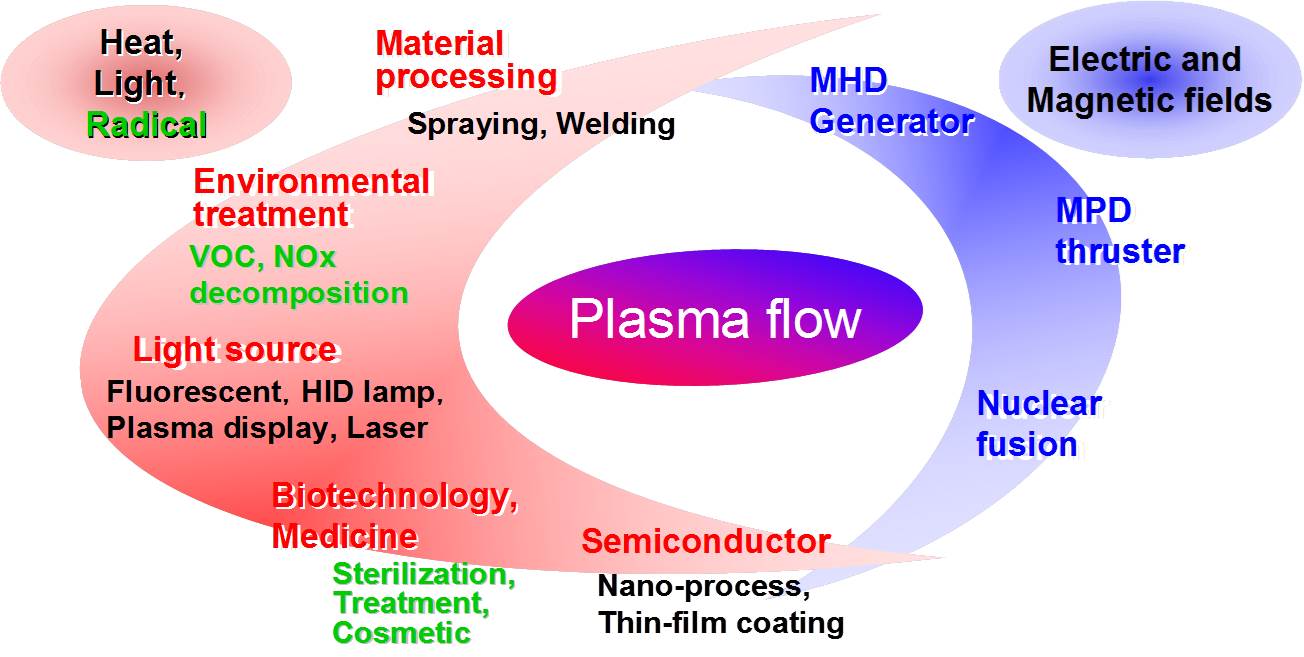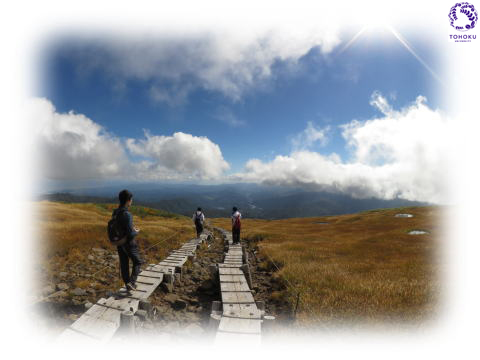|
Introduction
丂Plasma has been applied to a wide range of fields, and it is necessary
to approach from different points of view, e.g., electric, chemical, material,
and thermal fluid fields. We study about generation and transportation
mechanisms of radicals by plasma flow at atmospheric pressure generated
in gas-liquid flow, interaction mechanisms between plasma and biological
objects, bubble generation and collapse processes by gas-liquid plasma
flow, and numerical analyses of reaction processes. Also, we promote the
basic research for the practical use, through joint researches with universities,
research institutes, and companies all over the world.

For further details:
T. Sato et al., Journal of Plasma and Fusion Research, 91 (俀侽侾俆)
俈俇俇. (Tutorial Paper)
T. Sato et al., Science of Machine (Yokendo, Ltd.), 俇俇 (俀侽侾俆)
係俆俆. (Tutorial Paper)
T. Sato et al., Journal of the Institute of Electrostatics Japan,
37 (2013)127. (Tutorial Paper)
S. Kambara (Editor in Chief), Handbook of Atmospheric-Pressure Plasma Reaction
Engineering, (NTS,
2013). (Co-Author)
T. Sato, JSME Fluid Engineering Division Newsletter "Medicine and
Fluid Engineering", December 2011. (Tutorial Paper)
T. Sato, Journal of the Institute of Electrostatics Japan, 33 (2009)137. (Tutorial Paper)
JSPS Plasma Material Science 153 Committee, Fundamentals and Applications of Atmospheric-Pressure Plasma(Ohmsha Ltd., 2009) (Co-Author)
T. Sato, JSME Fluid Engineering Division Newsletter "Plasma Flow at
Atmospheric Pressure", December 2007. (Tutorial Paper)
|

